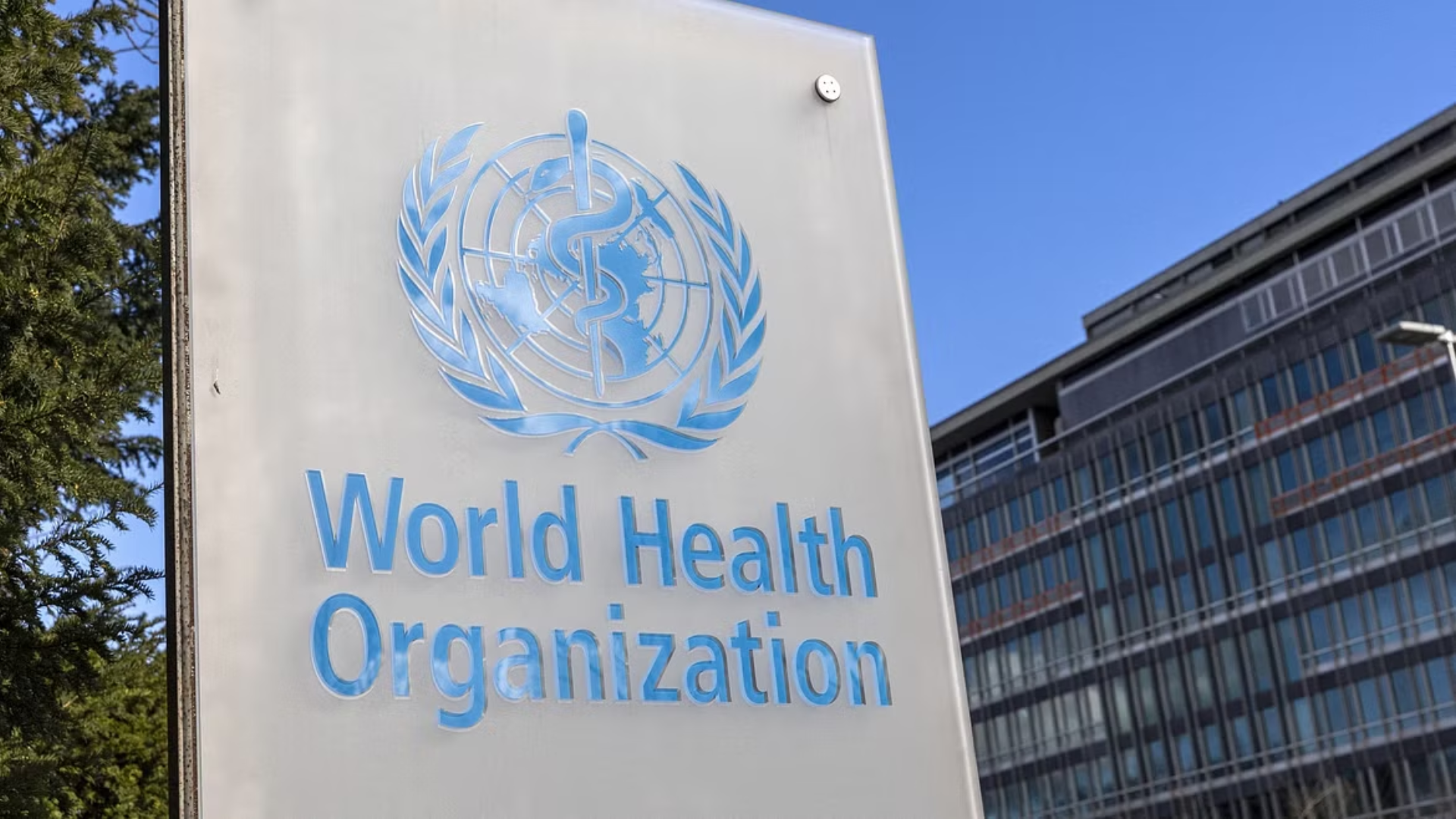A recent study by the World Health Organization (WHO), published in The Lancet medical journal, has revealed that nearly a quarter of adolescent girls in relationships have experienced physical or sexual violence. The comprehensive analysis was based on surveys of thousands of girls aged 15 to 19 from 154 countries and regions.
The study found that 24% of these young women reported experiencing intimate partner violence at some point, with 16% having faced such abuse within the past year. The acts of violence included physical aggression, such as kicking or hitting, as well as unwanted sexual acts, including rape or attempted rape.
Lead author Dr. Lynnmarie Sardinha expressed concern over the findings, highlighting the alarming prevalence of violence among adolescent girls. “I was extremely surprised to see what a huge percentage of adolescent girls are already being subjected to violence, even before their 20th birthday,” she told Reuters. Dr. Sardinha emphasized the need for increased support and prevention measures, noting that many young women are “falling through the cracks.”
The data, collected from surveys conducted between 2000 and 2018, showed only a slight decline in violence rates in more recent years. The study also revealed a significant correlation between the prevalence of violence and the status of women’s rights in various countries. Regions with limited access to education for women and unequal inheritance laws, such as Oceania and Africa, reported higher levels of violence. Specifically, 49% of girls in Papua New Guinea and 42% in the Democratic Republic of Congo reported experiencing intimate partner violence. In contrast, Europe had the lowest reported rate at 10%.
Dr. Pascale Allotey, director of WHO Sexual and Reproductive Health and Research department, stressed the importance of addressing this issue, stating, “Given that violence during these critical formative years can cause profound and lasting harms, it needs to be taken more seriously as a public health issue – with a focus on prevention and targeted support.”
The study underscores the urgent need for global efforts to protect adolescent girls from violence and provide them with the necessary support to overcome these challenges.









